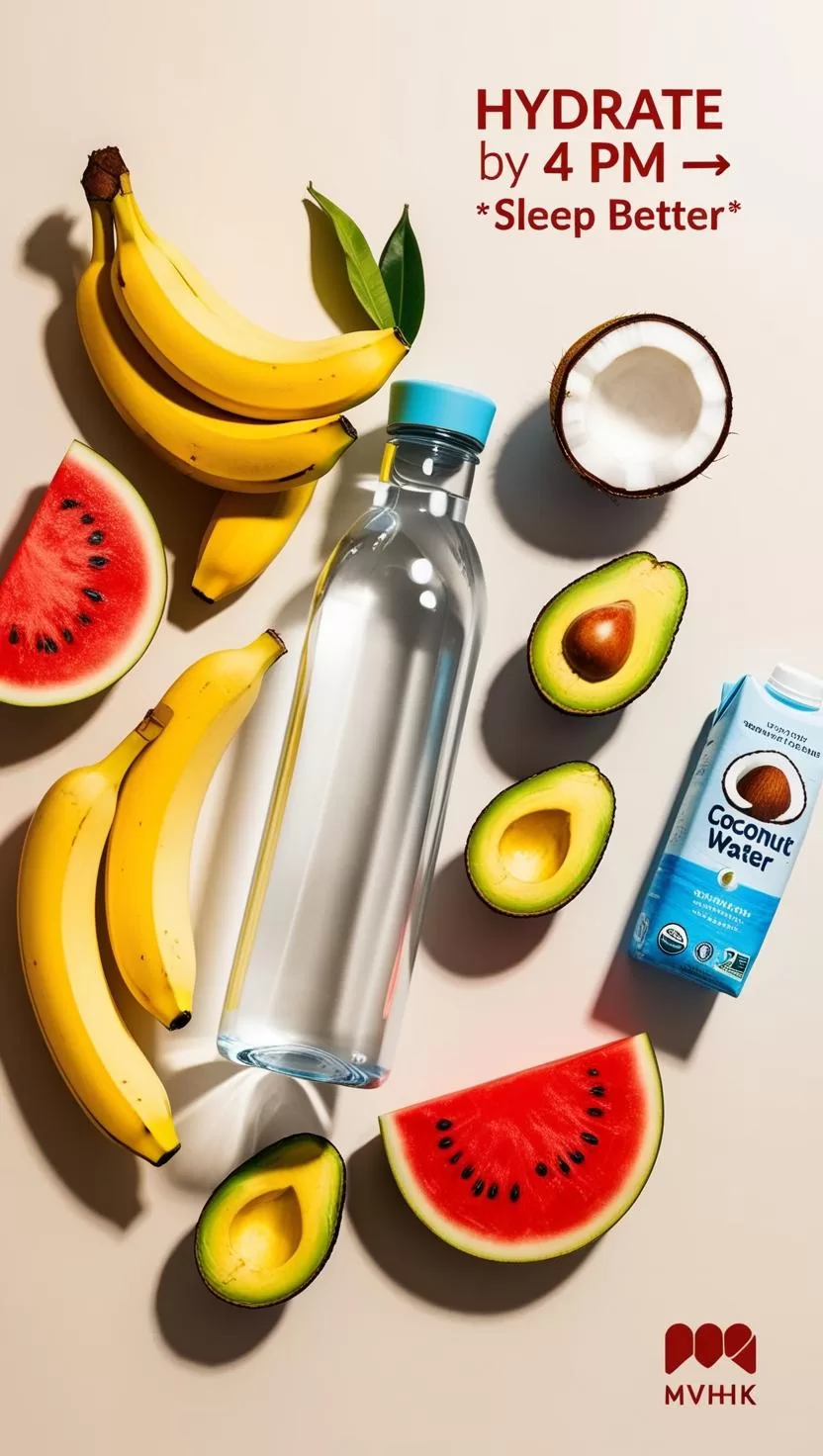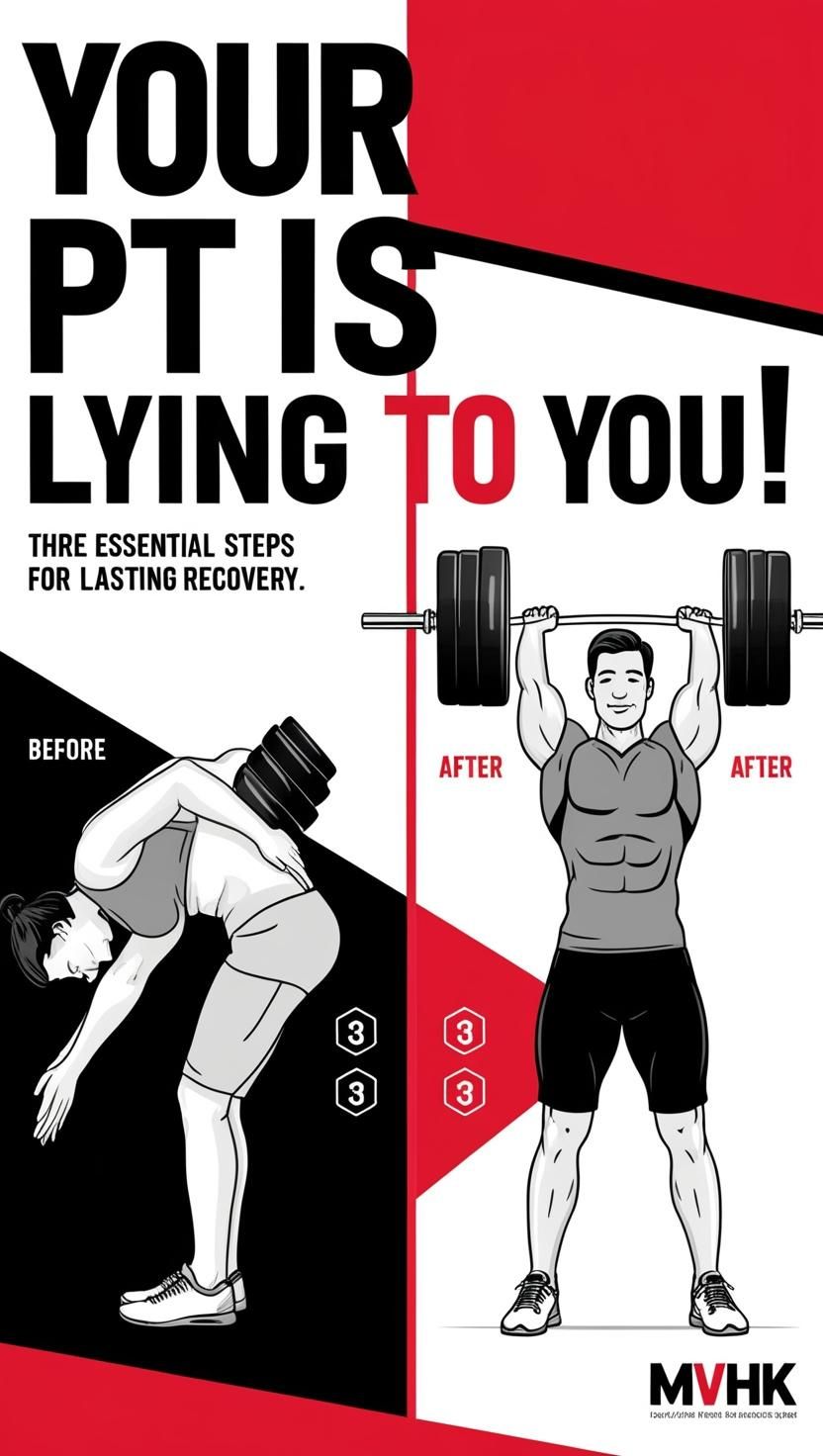Why Your Vitamin D Supplement Might Be Doing More Harm Than Good
Vitamin D is one of the most talked-about nutrients in health circles today—but what if we told you that taking it in isolation could be doing you more harm than good? Many busy professionals rely on over-the-counter Vitamin D supplements, not realizing that these often contain harmful fillers and lack the essential cofactors needed for proper absorption and function.
Let’s break down what’s really going on with your Vitamin D intake and how to do it right.
1️⃣ The Hidden Dangers of Standalone Vitamin D Supplements
🔍 Subtopic 1: Toxic Additives You Didn’t Sign Up For
Most commercial Vitamin D supplements are laced with cheap fillers that spike blood sugar and burden your metabolic health. Among the most common are:
- Maltodextrin: Highly processed, spikes insulin
- Glucose syrup: Adds sugar to your system unnecessarily
- Modified starches: Potential allergens and gut disruptors
Busy professionals are especially vulnerable—grabbing what’s on the shelf without checking labels. These substances can undermine the very health benefits you’re seeking from Vitamin D.
🧪 Subtopic 2: Vitamin D Toxicity Risks from Overuse
When consumed in high doses without balancing nutrients, Vitamin D can become toxic, leading to:
- Calcium buildup in arteries
- Kidney stress
- Bone pain
- Weakness and fatigue
And here’s the kicker: Vitamin A (specifically retinol, not beta-carotene) helps buffer these effects. Without it, you’re flying blind.
2️⃣ Real Sources of Vitamin A: Not What You Think
🍳 Subtopic 1: Retinol vs. Beta-Carotene
Most multivitamins or “Vitamin A-rich” supplements actually contain beta-carotene, the plant precursor to Vitamin A. But the body’s conversion rate from beta-carotene to retinol is poor—especially under stress or illness.
Instead, opt for real retinol from whole food sources:
| Food Source | Retinol Content (IU/100g) |
|---|---|
| Cod Liver Oil | 10,000–30,000 |
| Egg Yolks | ~640 |
| Liver (beef) | ~9,000 |
These foods also provide other synergistic nutrients for immune support and cellular health.
🛑 Subtopic 2: Why Plant-Based Isn’t Enough
Relying on carrots and sweet potatoes might give you beta-carotene—but that doesn’t translate into active Vitamin A unless your body is functioning optimally.
Bottom line: If you’re taking Vitamin D, you must ensure you’re also getting preformed Vitamin A.
3️⃣ How to Actually Optimize Vitamin D Intake
🌞 Subtopic 1: Sunlight — Nature’s Bioavailable D
Sunlight is the most bioavailable and natural source of Vitamin D. It triggers the conversion of 7-dehydrocholesterol in your skin to Vitamin D3—without fillers, pills, or artificial processing.
Best practices for busy professionals:
- 10–30 minutes of midday sun exposure
- Expose arms, chest, and legs when possible
- No sunscreen during brief exposure (but avoid burning)
This can give you 10,000+ IU of Vitamin D — completely naturally.
💊 Subtopic 2: The Essential Cofactors Checklist
If you must supplement, always combine D3 with the following:
| Nutrient | Role in D3 Metabolism | Where to Get It |
|---|---|---|
| Magnesium | Activates Vitamin D receptors | Dark greens, nuts, seeds |
| Vitamin K2 | Prevents calcium artery buildup | Natto, cheese, egg yolks |
| Zinc | Maintains immune balance | Oysters, red meat, seeds |
| Retinol A | Prevents D3 toxicity | Liver, cod liver oil |
Avoid taking Vitamin D in isolation. It’s not just ineffective—it’s potentially dangerous.
Conclusion: How to Get Started Today
Ready to ditch the guesswork? Here’s how to reclaim your Vitamin D game the right way:
- Audit your supplement — check for harmful fillers
- Prioritize sunlight exposure
- Add cod liver oil or liver to your diet weekly
- Ensure cofactors like K2, magnesium, and zinc are present
- Follow up with testing (25(OH)D blood test) every 3–6 months
Let your Vitamin D strategy be smart, synergistic, and science-backed—not just another daily habit done wrong.
Cod Liver Oil: Nature’s Multivitamin
- Harvard Health: Vitamin D and Your Health
- PubMed: Vitamin D Toxicity
- NIH: Office of Dietary Supplements
📚 FAQ
What are the signs of Vitamin D toxicity?
Common symptoms include nausea, weakness, bone pain, kidney issues, and high calcium levels in the blood.
Can I just take Vitamin D and Vitamin A together?
Yes, but it’s best if your Vitamin A is from retinol (not beta-carotene) and ideally from whole food sources like liver.
Why do I need K2 with Vitamin D?
Vitamin D increases calcium absorption; K2 ensures that calcium goes to your bones—not your arteries.






